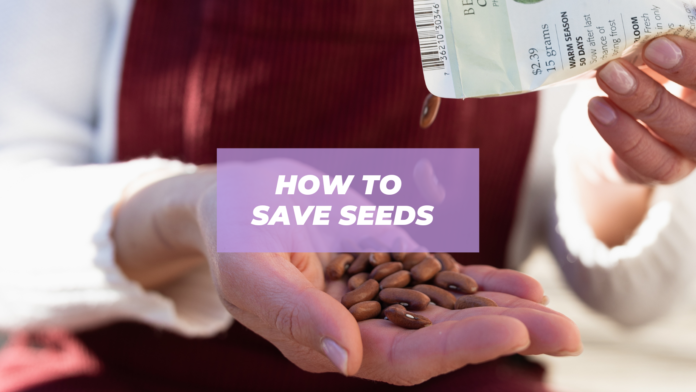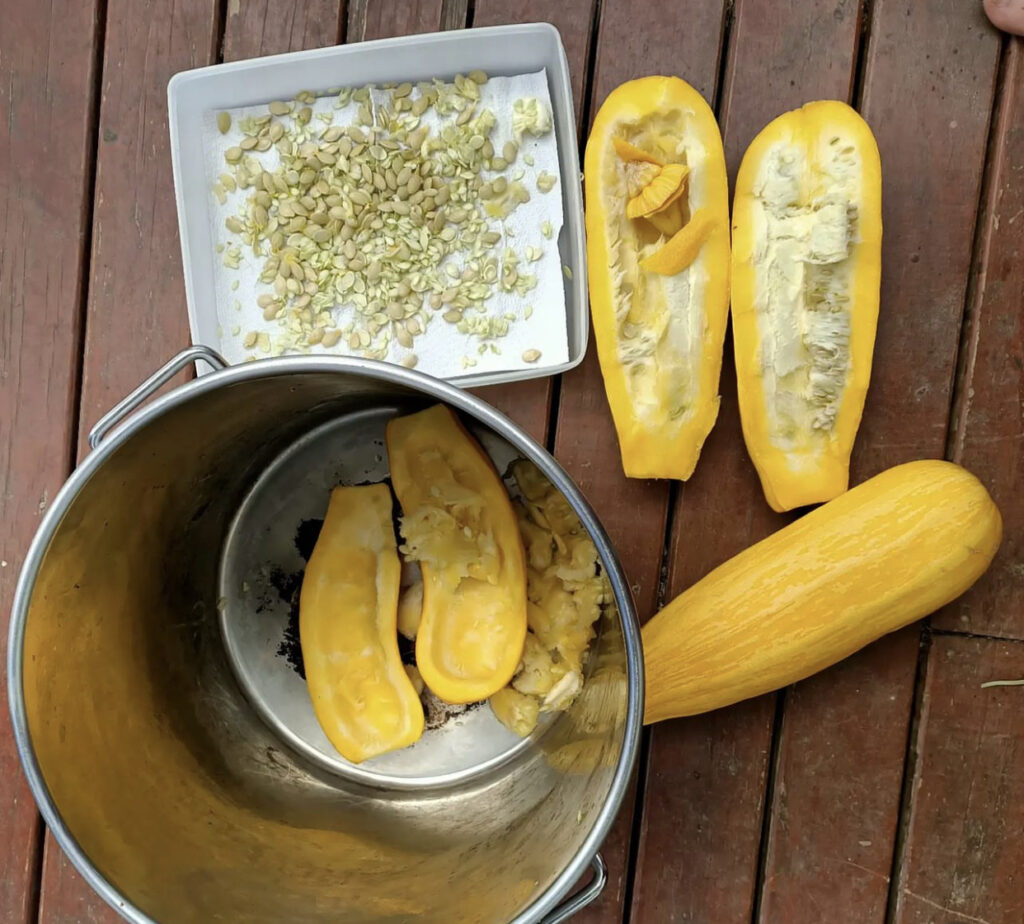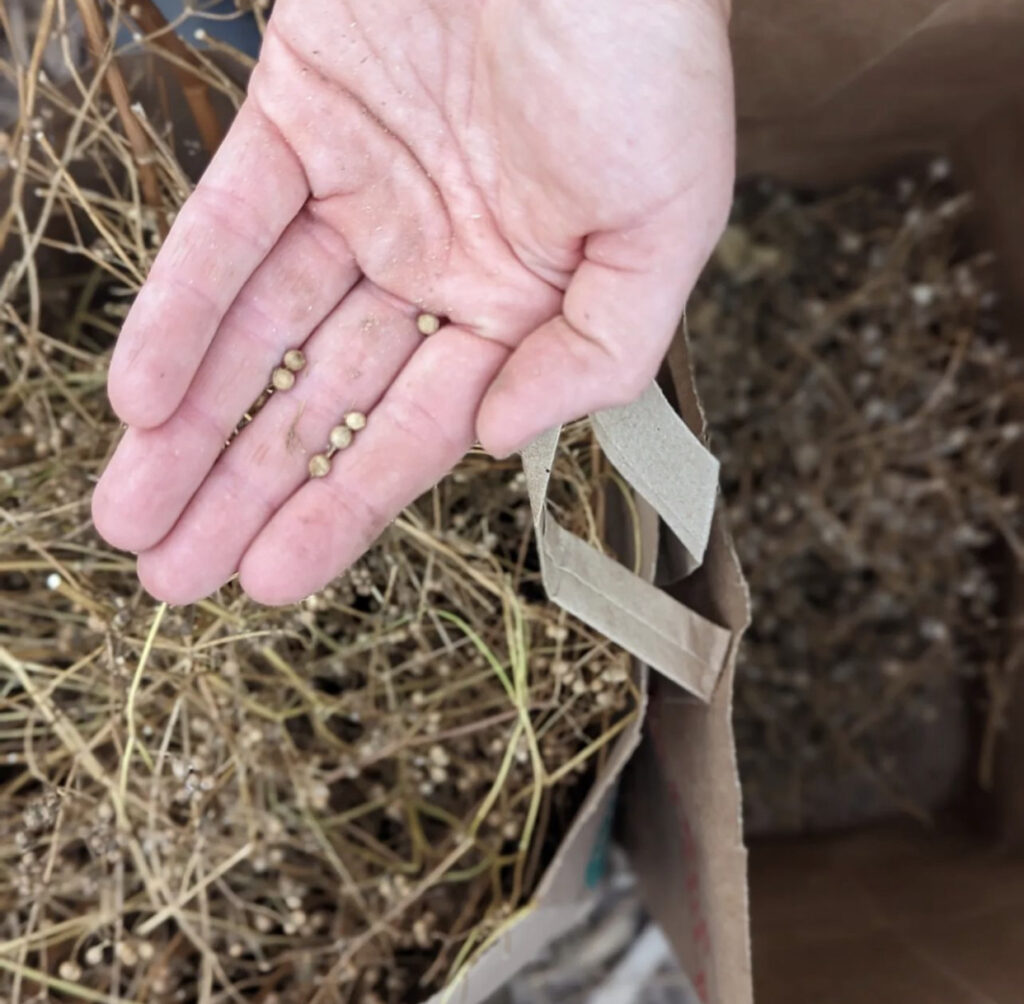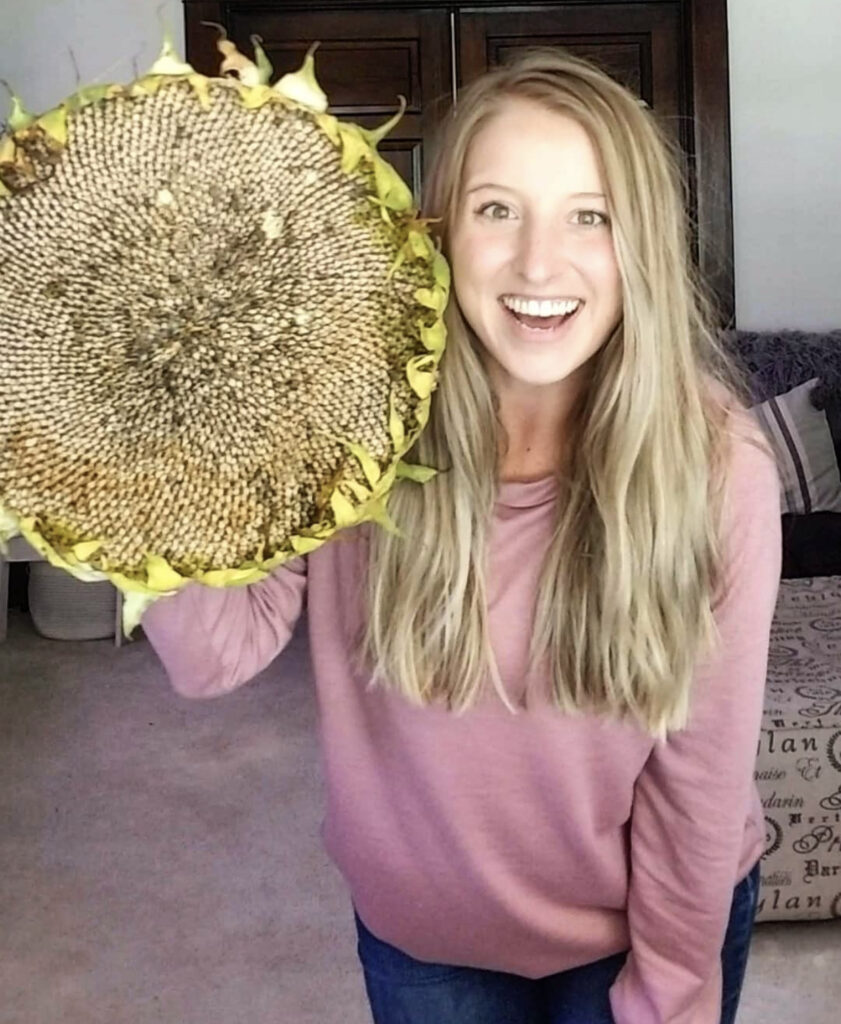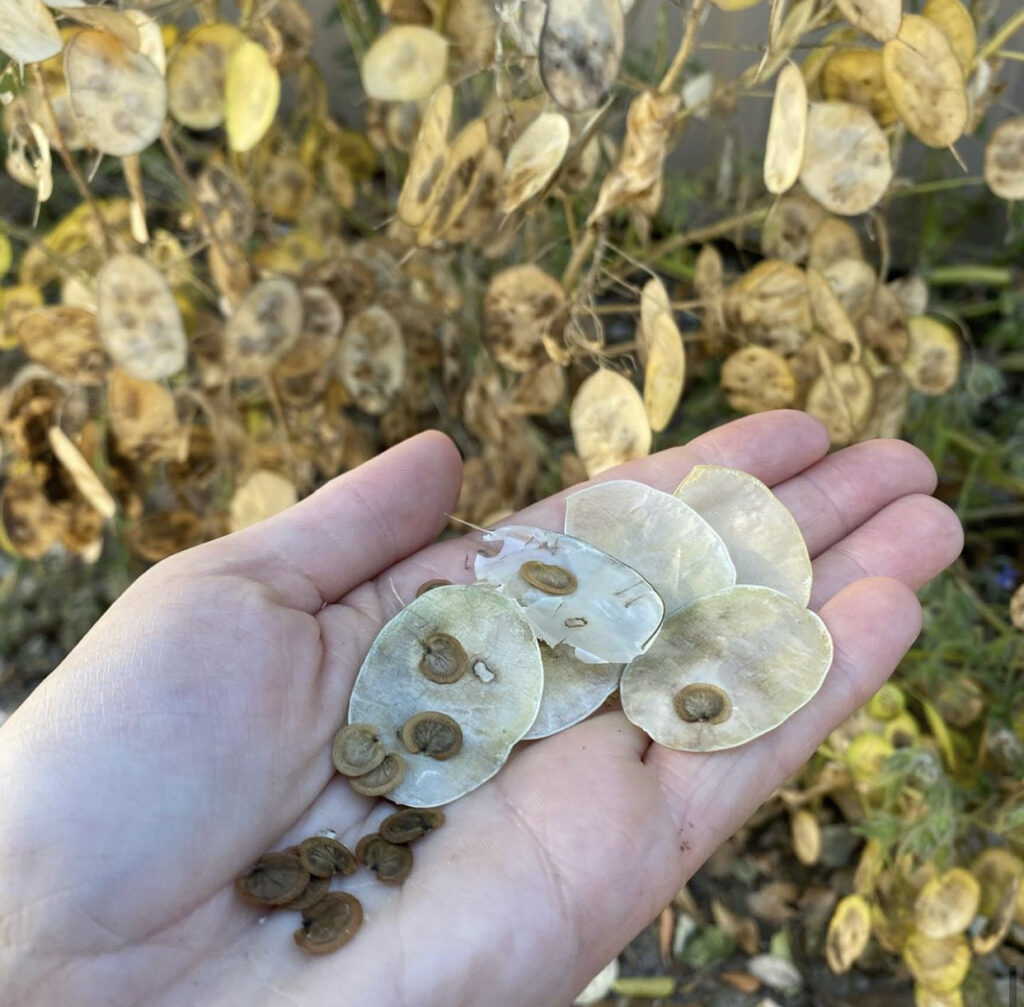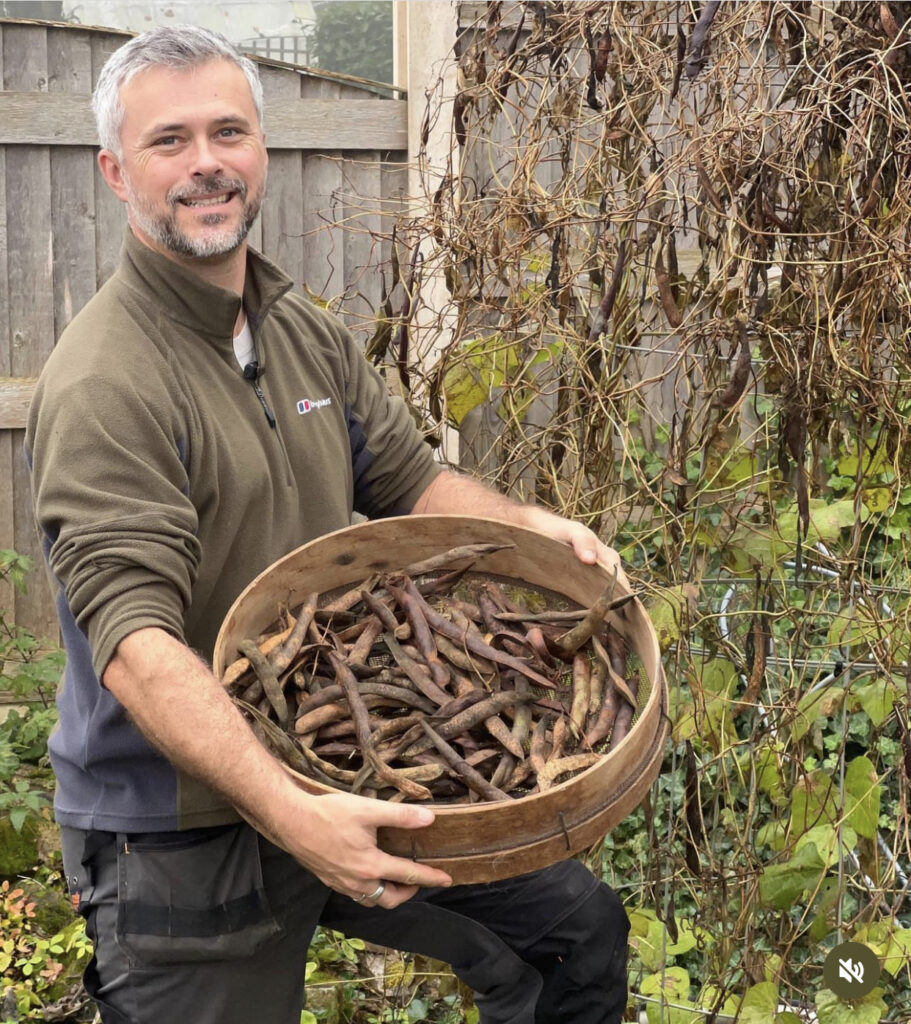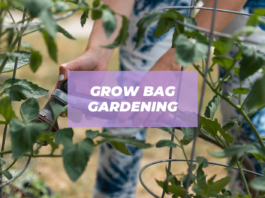This post may contain affiliate links, which means that I may receive a commission if you make a purchase using these links.
In today’s blog post, I’m sharing all the BEST info on how to save seeds!
I decided to start saving seeds mostly because I was tired of trying to track down and repurchase my favorite seeds varieties year after year.
I also quickly learned that seed saving is the ultimate money saver! As I always say, there is no need to buy seeds when mother nature produces them for you for free each year at the end of the growing season.
Plus, saving seeds from the best plants for the year means you get to carry on the genetics of particularly tasty or disease resistant plants.
You may be surprised to learn just how simple and rewarding the practice of seed saving can be!
This blog post is all about how to save seeds.
How to Save Seeds
I’ve saved seeds from tomatoes, carrots, kale, bok choy, rainbow tatsoi, green beans, and peppers.
Saving seeds begins at the end of the growing season. The seeds of vegetables are contained within the fruit of the plant. (I mean fruit in the scientific way, AKA the seed-bearing structure in flowering plants that is formed after flowering.)
Sometimes it is obvious which part of the plant is the fruit and therefore where you can find the seeds (e.g. the juicy red tomato), and sometimes it is less obvious (the bean pod is technically the fruit of the green bean.)
The basic process to save seeds is as follows:
*Please note: saving the seeds of certain plants may require additional steps or specific considerations. See plant-specific considerations below for more information.*
- Select plants in your garden from which you will harvest seeds. This might be the most difficult step, as it means not eating some of the juiciest fruits of your labor! Choose a few of the healthiest plants that you will let “go to seed.” This means not pulling up the plant or eating the fruit, and letting the plant go through the cycle of flowering, fruiting, and putting out its seeds. Choosing the healthiest plants to go through this cycle ensure that their strong genes get passed on.
- Harvest the seeds. This will look a little different depending on the plant you are harvesting from, but you will need to extract the seed from the fruiting body using a spoon, or more often than not, just your hands.. For example, tomatoes will still be juicy when harvesting the seeds and may require a spoon (and some clean up!). In contrast, you can let beans and other vegetables that put out a seed pod dry on the plant and simply crack open the pod with your hands and scrape or shake to loosen the seeds.
I like to harvest into a paper bag or other impermeable container. Remember, some seeds can be teeny tiny and you don’t want them falling through a wider mesh, etc.! - Dry the seeds. It’s critical that seeds are fully dried before storage, otherwise you risk damage that will affect their germination rate the next year. Drying time will depend on the seed. Air dry the seeds in a mesh seed drying rack for up to a couple weeks. I like to hang this herb drying rack on my porch with the seeds inside so they don’t blow away!
- Store the seeds. Store seeds in a cool, dry place. Again, moisture and humidity are the enemies of seeds! Make sure to place in containers to keep seeds away from pests.
Also, label the seeds with the variety and harvest year so you know what you’re looking at next year! I’ve written a whole blog post on seed storage ideas. One of my favorite ways to store seeds is to use a a transparent photo case with labeled compartments for different seed varieties.
Read on for more specific seed saving instructions for different types of vegetables!
Save Seeds – Beans, Peas, Kale, Bok Choy and Rainbow Tatsoi
The seeds of plants that put out pods (like beans, peas, kale, bok choy and rainbow tatsoi) are ready to harvest when the pod is dried and inedible. Often the pod will have changed in color from green to brown. To harvest the seeds, crack open the pod and remove the seeds. You know the seeds are ready to go when they are hard, dried, and easily detach from the pod.
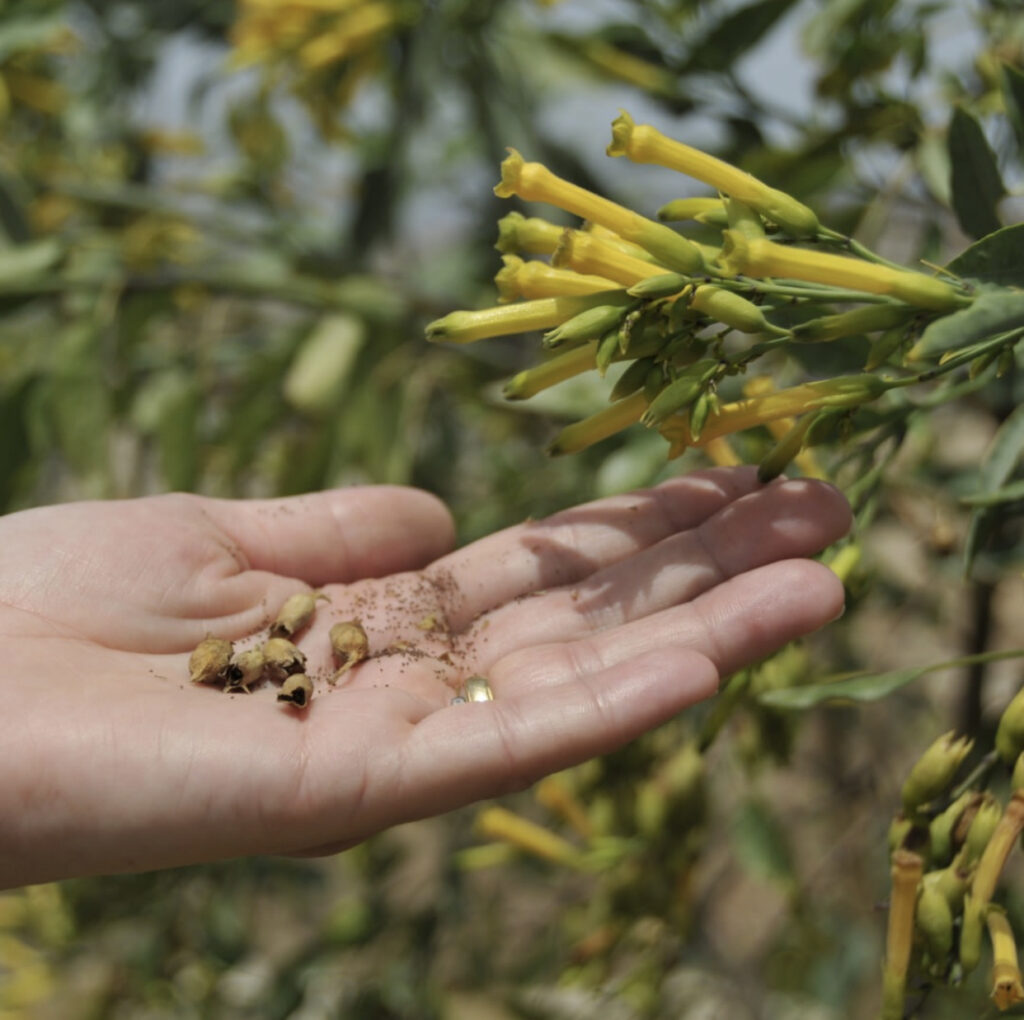
Save Seeds – Tomatoes & Peppers
Tomato and pepper seeds can be harvested at peak ripeness (maybe even a little past peak ripeness) and dried.
I’ve written an in-depth blog post on how to save tomato seeds, as this process is more complicated than most and requires the extra step of fermenting the seeds.
Save Seeds – Root Vegetables
Root vegetables like carrots don’t have an obvious fruit. Rooting vegetables technically do have a fruiting body, but it is not obvious to the untrained eye. For simplicity’s sake, carrot seeds are the kernels that remain on the umbels after the carrot plant has flowered. The seeds are ready to be harvested when they are brown, dry and easily detach from the plant.
Seed Saving Ideas
I have been saving seeds for many years, but I certainly have not done it all! Read on for some seed saving inspiration from some of my favorite gardeners on the internet!
#1 Save Seeds: How to Save Strawberry Seeds
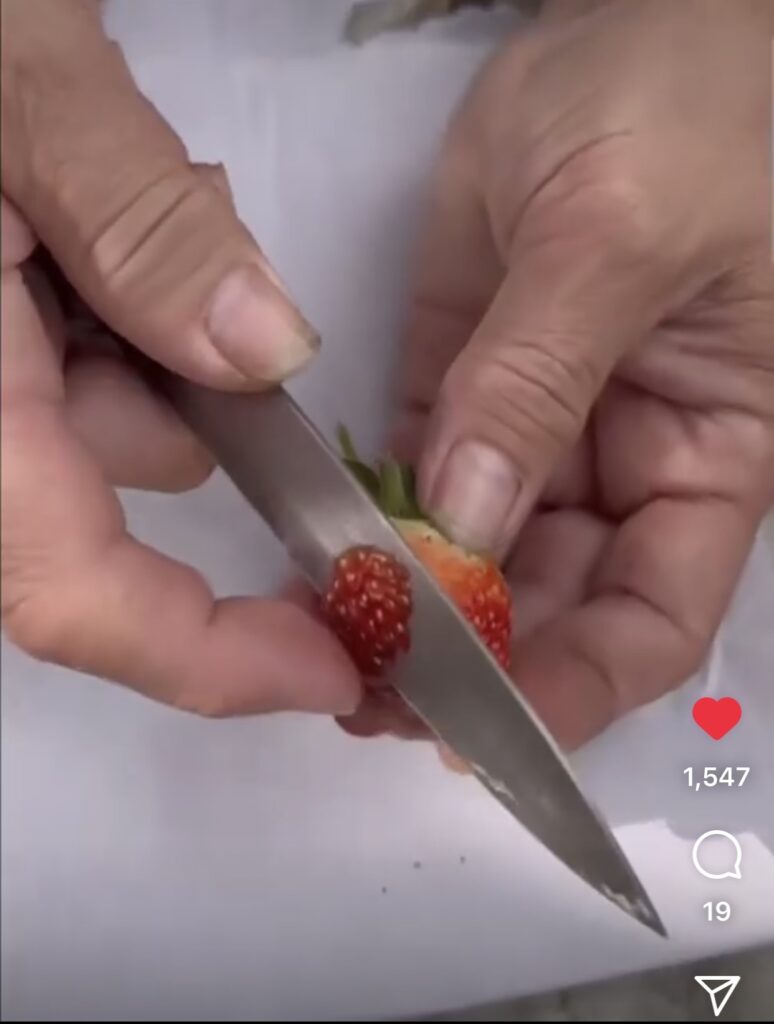
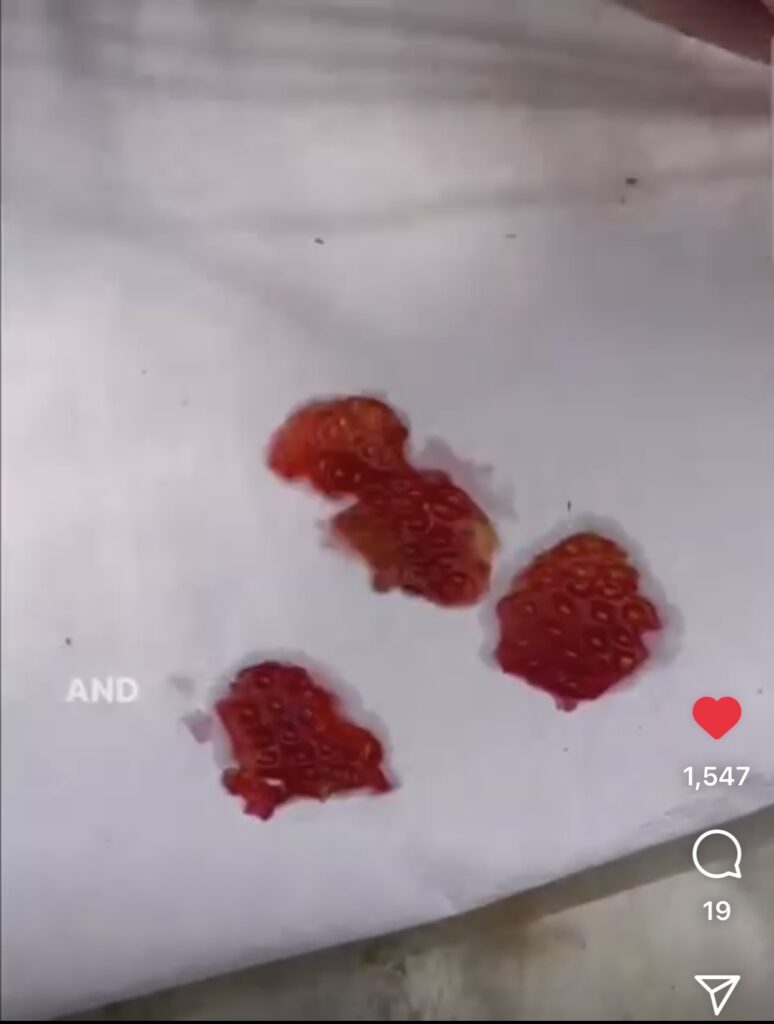
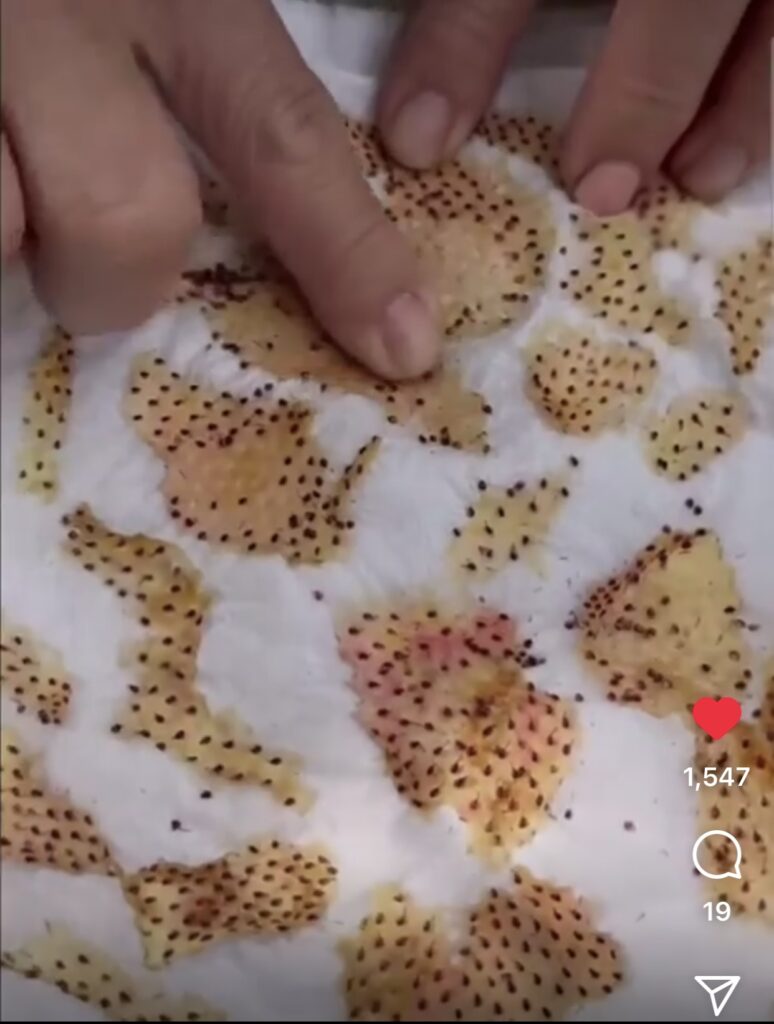
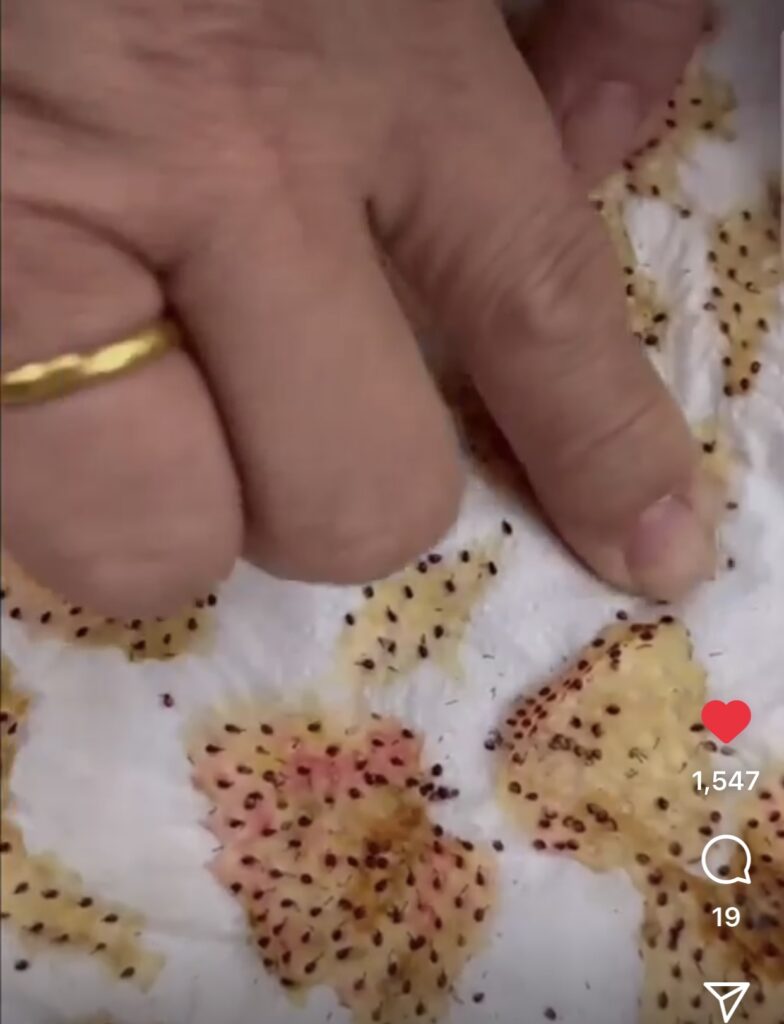
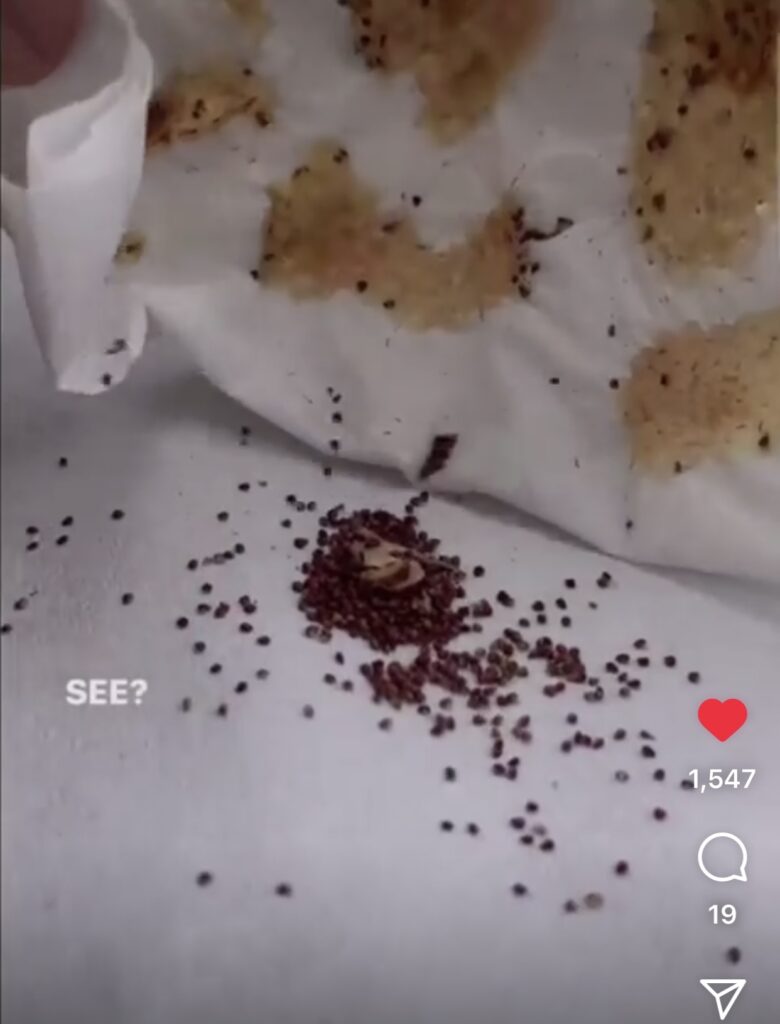
Our next tip on how to save seeds comes from @.sunnythefarmer! Here, Sunny shows us the process of saving seeds from fresh strawberries that are ready for eating!
Sunny’s Steps:
- Cut the flesh around the edge of the strawberry to get the seeds
- “Smoosh” the strawberry and seeds into the paper towel, trying to get it thin
- Let the fruit dry out
- “Brush” the seeds off the paper towel
#2 Save Seeds: Dill Plant
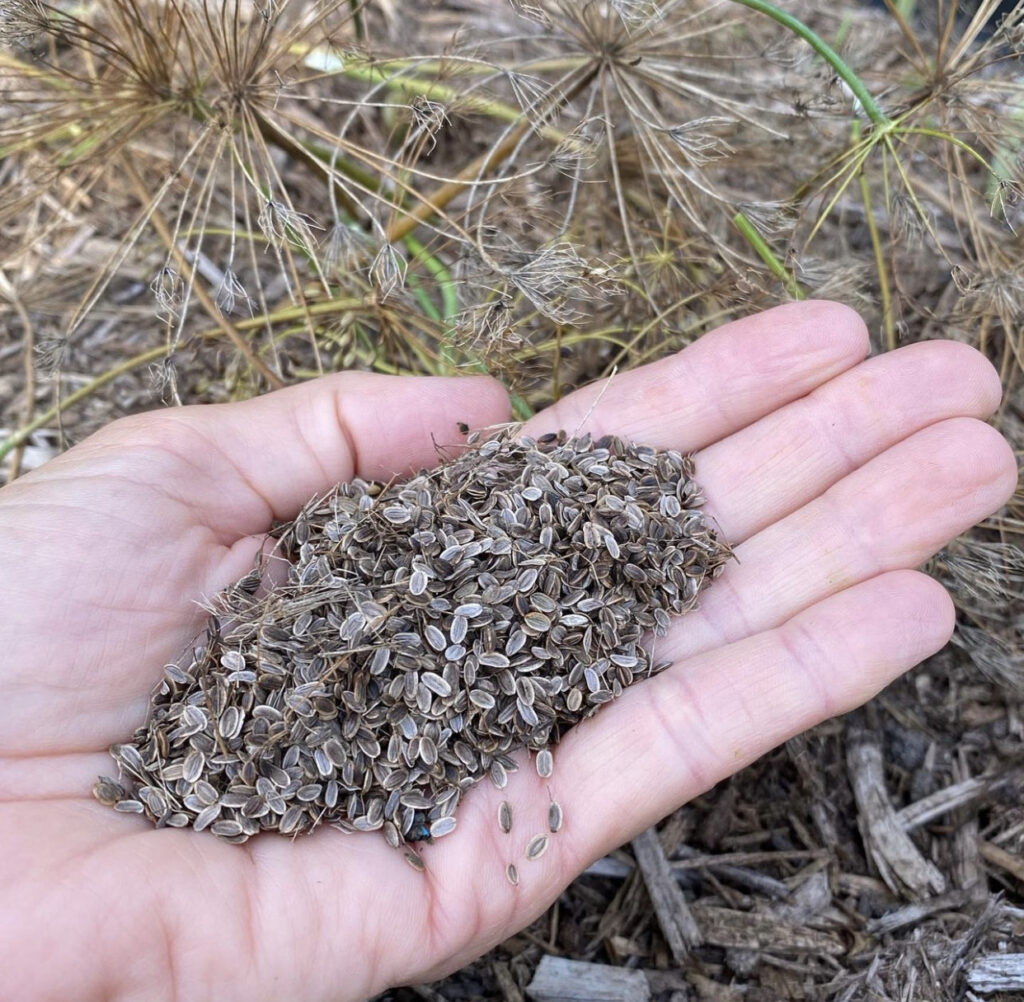
This next tip on how to save seeds comes from @.ourgardengig. Lisa from Connecticut shares how cool it is to see a more self-sustaining garden through reseeding and seed gathering.
From Lisa:
“I just harvested all these seeds from one Dill plant that actually re-seeded itself from last year. This is one step in the right direction to a self-sustaining lifestyle. You feel so accomplished as a Home Gardener when you harvest your own seeds for next year.”
#3 Save Seeds: Saving Seeds from Marigold Flowers
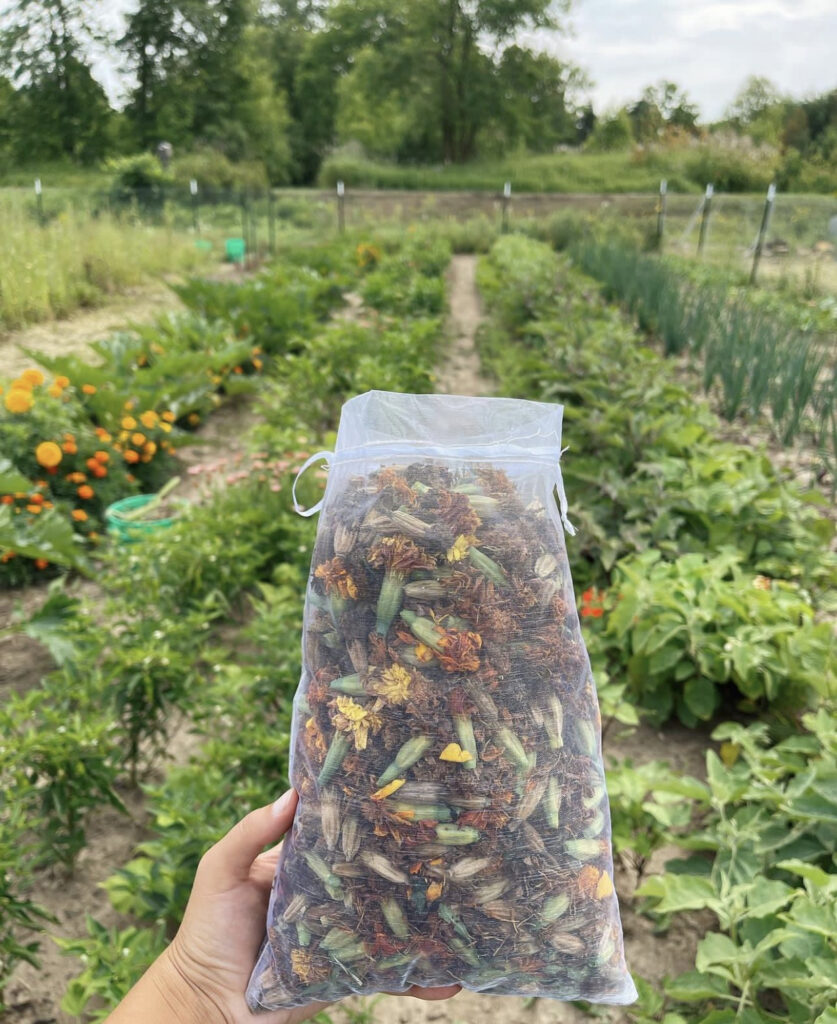
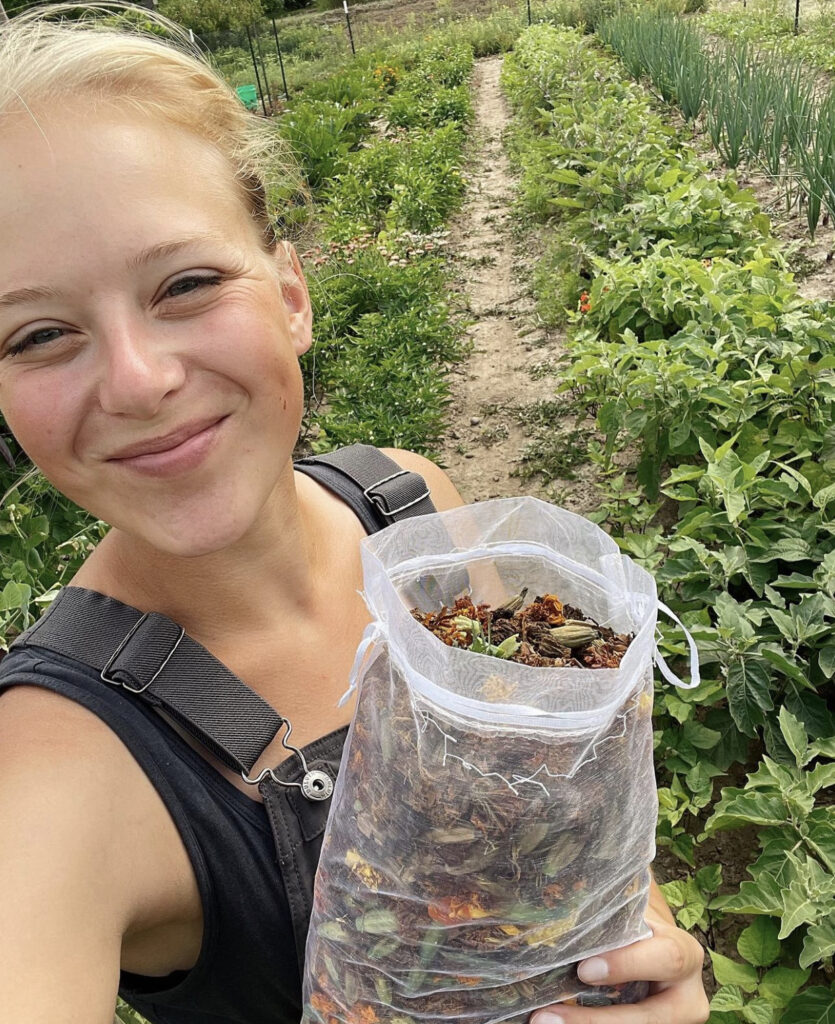
I love this post on how to save Marigold seeds from @.Veggies_By_Reggie! Reggie put the flower pods in a drawstring bag that has aeration built in.
#4 Save Seeds: Golden Zucchini
This photo from Ann of @.GathererForagerFarm is almost a vignette of how to save seeds! Here, you can see Ann also uses a similar paper towel method as Sunny with her strawberries, above!
From Anne: “Seed saving Golden Zucchini today. We don’t use fancy tools I am just using a knife and a spoon. We don’t waste anything either the outer cases will be stuffed baked with home grown tomato and mince from our steer for our dinner. I love how seed production ties in so we’ll with other aspects of our life. The flowers provide essential fodder for the bees and the ‘waste’ materials often feed or nourish us, the animals or go back into the garden.
I also love how it forces me to slow down you really can’t rush seed processing when your doing it by hand without machines. I’m not someone who easily slows down and stops moving so this is something that helps me practice mindfulness when sitting and processing.”
#5 Save Seeds: Native Seed Program
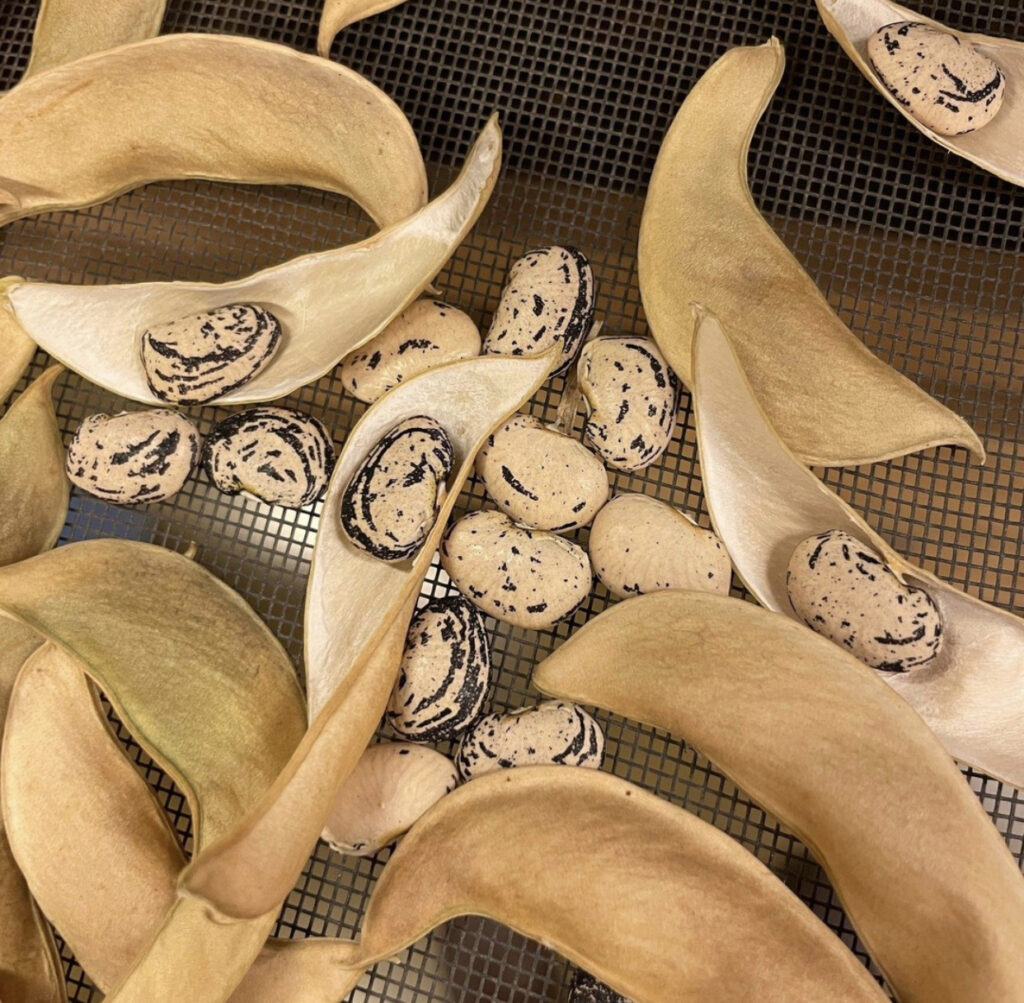
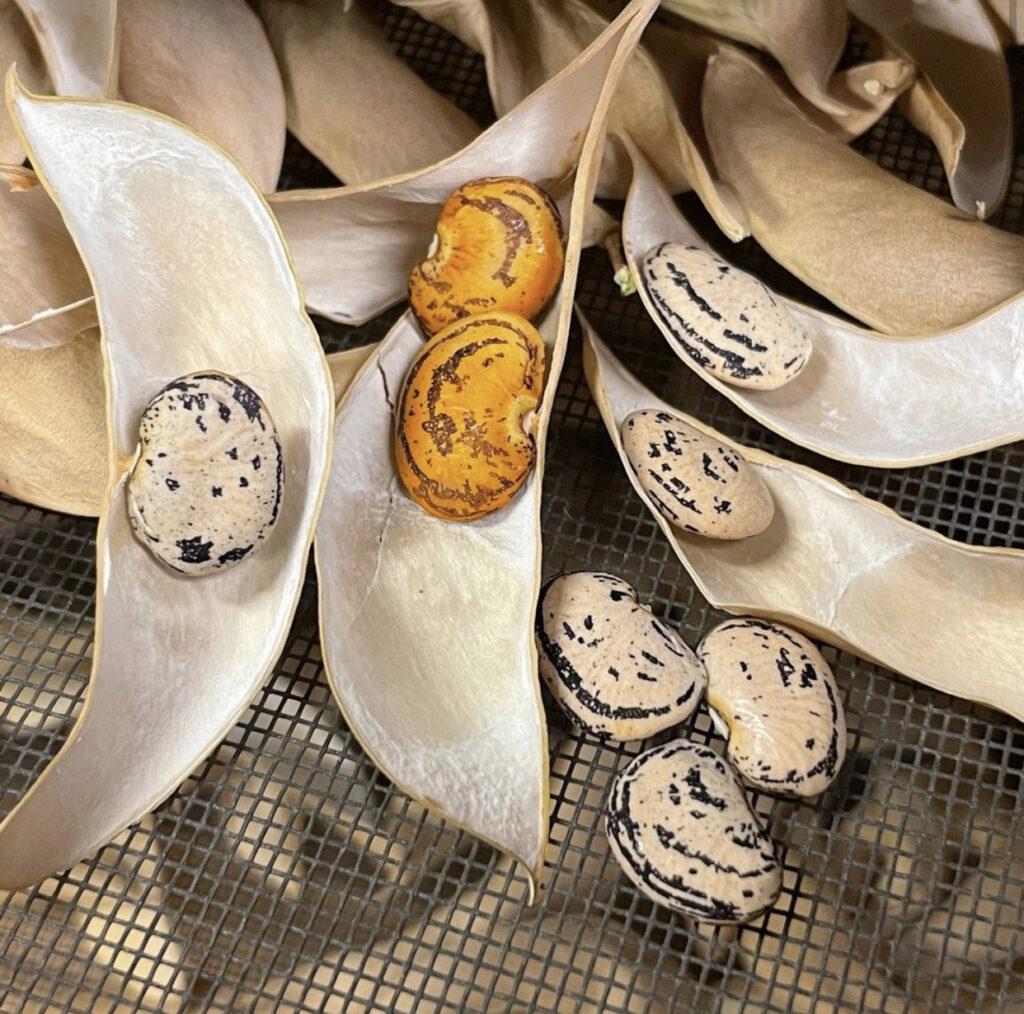
When writing this post, I wanted to be sure to include @.NativeSeedSearch as a resource!
“Recently harvested Maasi Hatíqo (Hopi Gray) Lima beans are drying in the Seed Lab. Collected from Hotevilla in Hopiland, this variety of lima has a nice sweet, rich flavor.
Currently, these seeds are available to Indigenous communities connected to these seeds through the Native American Seed Request program one of our free seed access programs. To learn more go to nativeseeds.org/NASR”
#6 Save Seeds: Sweet Pea Seeds
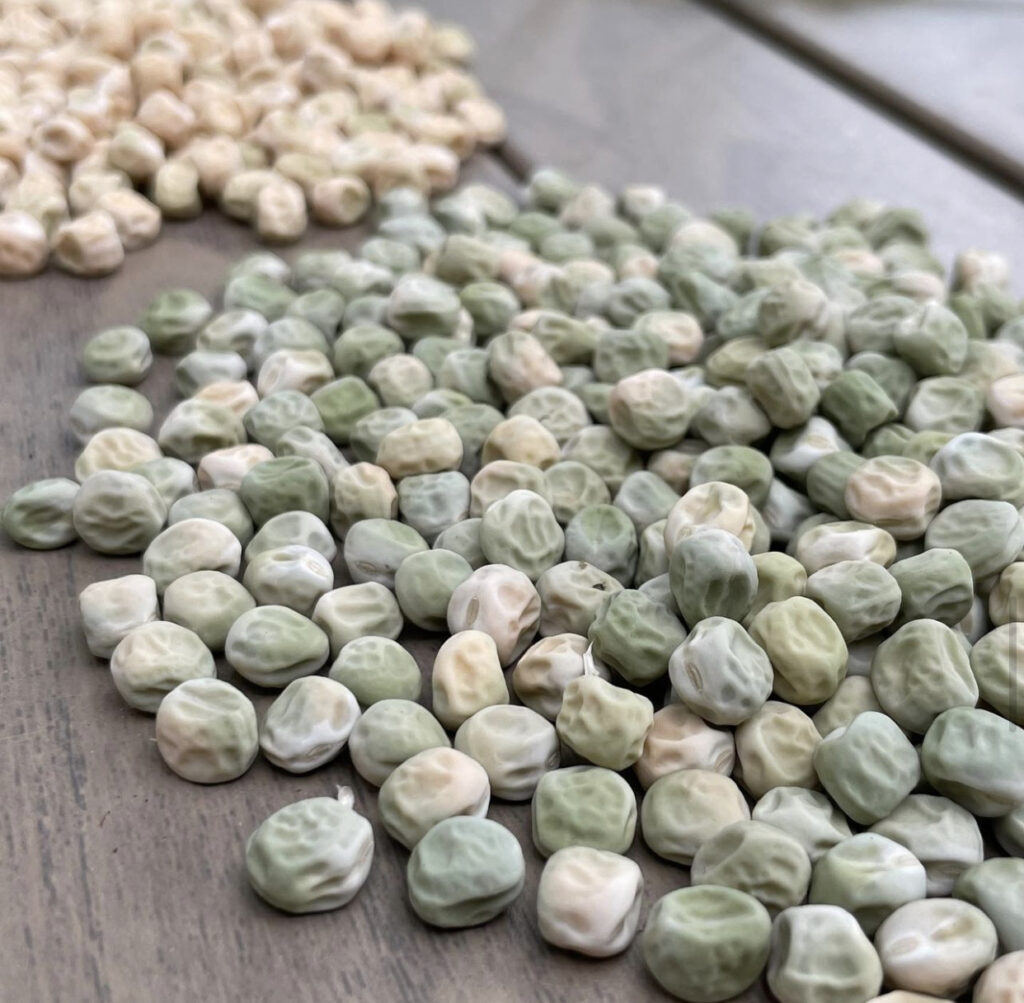
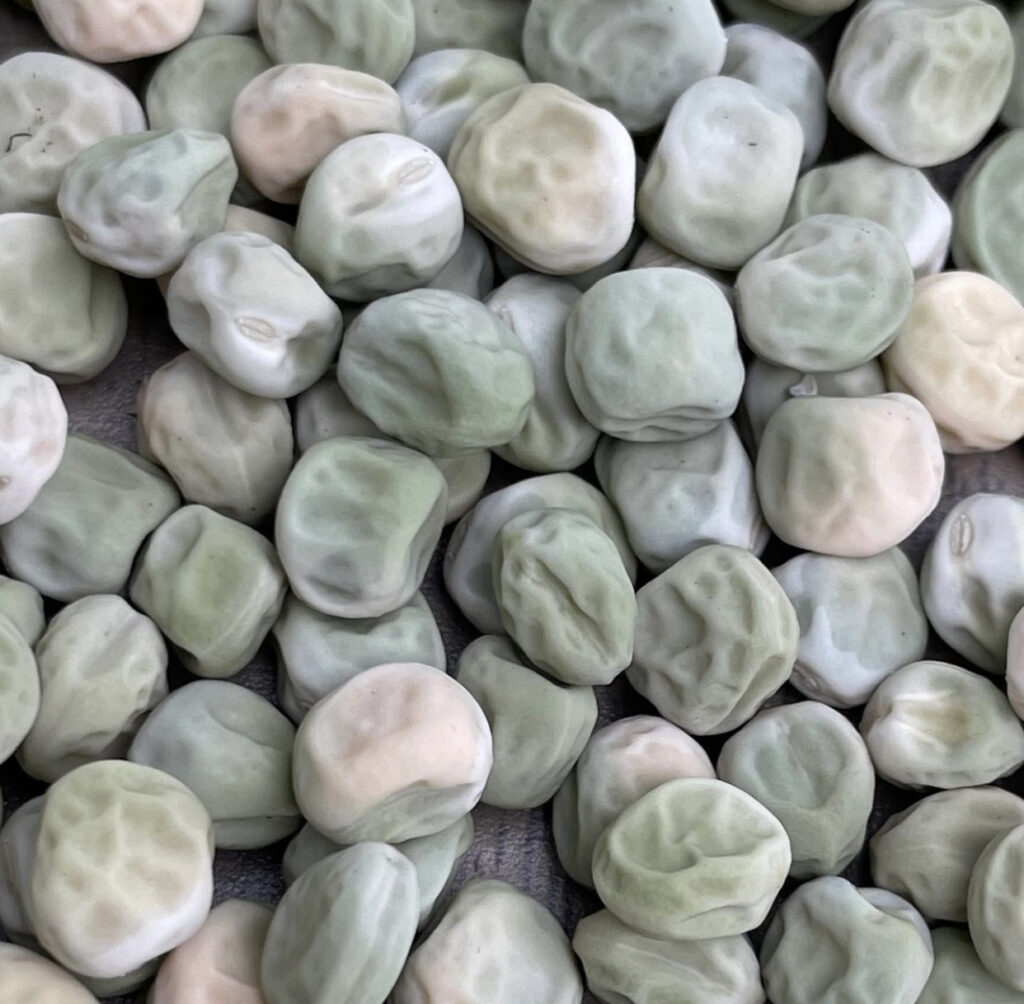
Here, @.JollyGardens720 shares great tips on how to save seeds – pointing out to save seeds from your best plant!
“SWEET PEA SEEDS
Have you saved sweet pea seeds before? It’s super easy. All you have to do is allow the pods to dry on the plant, then harvest them.
🌱 If you want to save for planting, then it’s best to save seeds from your best plant 🏆
🌱 We saved these seeds for MICROGREENS, which is something I’d love to do more of this year.
It’s easy to forget about secondary food sources our plants can provide, but they will feed us in more ways than one if we’ll let them.”
#7 Save Seeds: Bean Varieties
Here, Jeff of @.FarmersFold explains his process for sorting seeds:
“Here’s the shelling pole beans I’ve been collecting. Down the center is the mix of Shackamaxon Blue and Cherokee Trail of Tears (and maybe Jade?) that I have unfortunately gotten all mixed together. Upper right is what I’m calling Toad beans, a gray-green of the same size and shape but with coloring maybe coming from the Jade I grew once. Center right are an off-type that showed up last year with more blue and mustard hints. Maybe call that Glass Gem bean, like the corn? Then lower right is what I’m calling Dark Marble, a small almost round black bean that I separated out. Upper left is a personal favorite, Vermont Cranberry, a big plump bean that strangely has a bush-type called the same but is more speckled. Lower left are two mystery pole beans that I need to grow out. One-off vines that interested me enough to save.”
#8 Save Seeds: Scaling Seed Saving Operations
Now, the team from New Orleans @.Baby_TRexFarms shares a thought or hack on seed saving they’re wanting to try in the future:
“I’ve always wanted seed saving to be a bigger part of our operation. We save seed from at least 15-20 plant varieties every year, and I’d love to do more. For a long time, I’ve had the goal of making a designated bed for plants I want to save from– essentially taking the strongest open-pollinated seedlings from each batch sown. That way I can let them flower and go to seed, reserving the time and space for them. What do you like to save seed from? Any book recommendations??”
#9 Save Seeds: Sunflower Seeds & Swaps
Our next tip on how to save seeds comes from @.SmallTownGardenLife! Lisa from Illinois loves saving sunflower seeds! She shares her passion and info on seed swaps!
From Lisa:
“Saving seeds from this GINORMOUS mammoth sunflower this morning! 🌻
I started seed saving last year & now I’m basically obsessed. I love that I can plant something from seed, nurture it & watch it grow, reap it’s harvest & then save it’s seeds to start the entire process over again.
It’s easy on your budget too! Plus you can always join seed swaps here on IG & trade your seeds for unique seeds from all across the country as well.
If that ain’t magical I don’t know what is”
What are seed swaps?
A seed swap is where gardeners gather in-person or online via websites and social media, to share and trade the seeds they’ve saved! This is a great way to share with your local fellow gardeners, and find really cool plant varieties you mind not be able to purchase in a store.
#10 Save Seeds: Trial & Error
Here, @.Cath_Lily shares the importance of iteration and thinking seasonally with seeds when saving and storing them:
“First time saving white honesty seeds that I’ve grown here, after a lovely lady gave me an abundance of locally grown seeds. I think the spot I grew them in was too hot/sunny, so next time I’ll try them in part shade or morning sun, rather than the hot afternoon sun. Anyway, still able to collect seeds, and will try them again 🤩 I love learning and experimenting.”
#11 Save Seeds: Harvest French Bean Seeds from Plants You Didn’t Harvest
Our next tip on how to save seeds comes from @.RobsAllotment, AKA Rob Smith from the UK! Here Rob talks about saving the seeds from the vegetables you weren’t *quite* able to harvest in time to eat!
From Rob:
“Collect seeds and get plants for free next year!
If you didn’t get around to eating all your runner or French beans, why not save the seeds and dry them, then you can grow them again for free next year!
.
If you have extra, why not store them and use them in casseroles and soups; or why not offer them to gardening friends and save them having to buy more next year
Why is Saving Seeds Important?
I believe seed saving is important because of the connection this practice creates between you and your garden. Seed saving has made me more attuned to the entire lifecycle of a plant, from seed to germination, to fruit and then seed again. Seed saving has forced me to slow down be present in the garden. As such, it has become one of the most gratifying practices in my life.
The #1 Mistake of Seed Saving
The top mistake people make when saving seeds is not labeling their seeds for the next growing season! Even the most experienced gardeners would likely not be able to tell a bok choy from a rainbow tatsoi seed. And you definitely won’t be able to tell between different varieties of the same plant! Label every batch of seeds you save with the plant, variety and year it was harvested.
For ideas on how to store your saved seeds, head over to THIS blog post!
Hi, I’m Leslie, Seed Saver Extraordinaire!
Hey friend, thank you for visiting my blog today! I’m Leslie, PunkMed founder, seed lover, and urban gardener. I’d love to connect on Instagram or Pinterest!
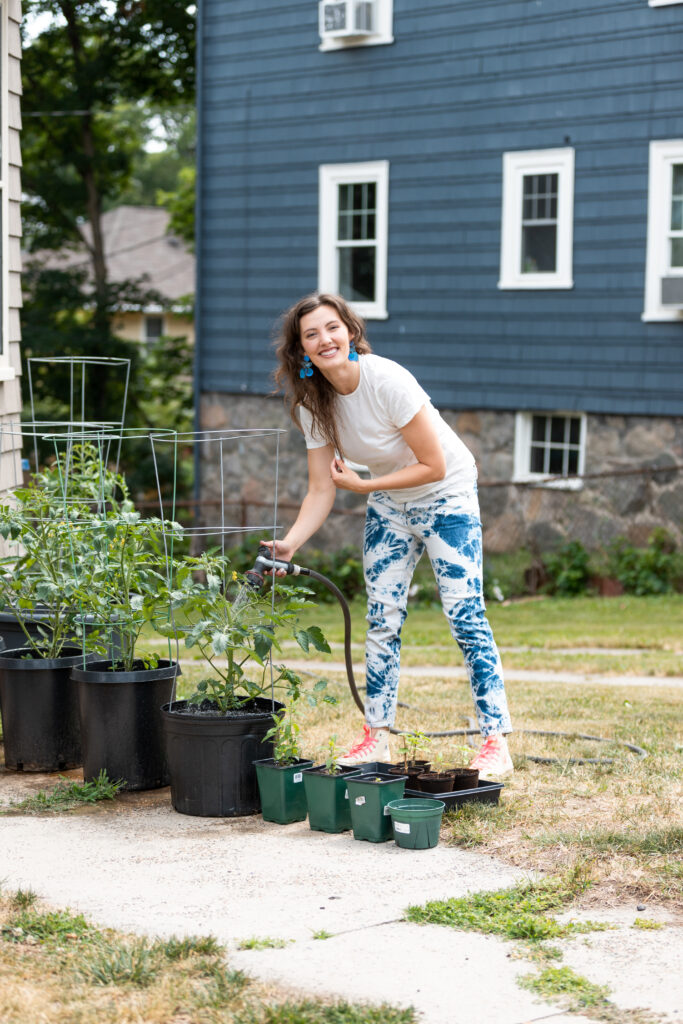
This blog post was all about how to save seeds!
